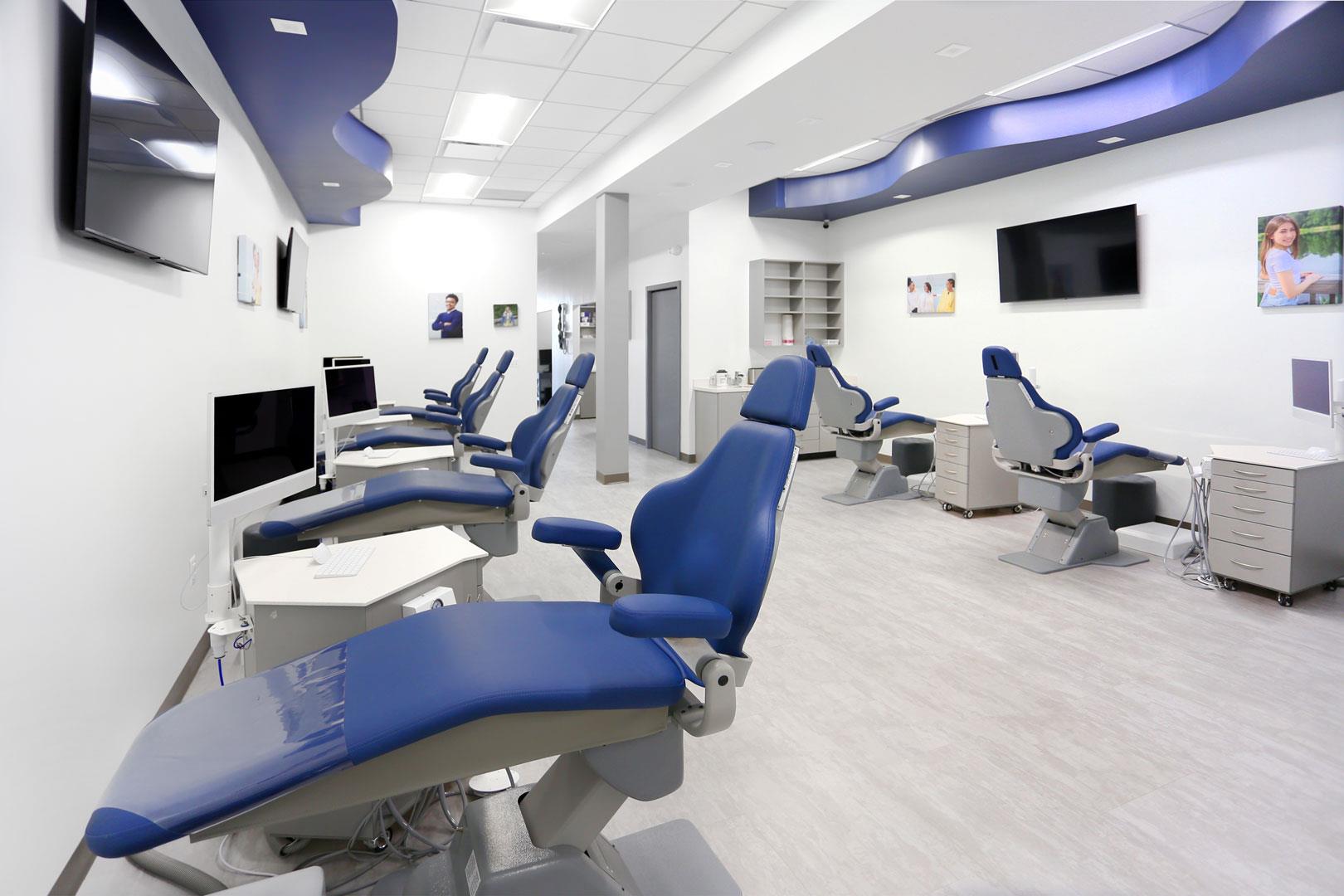Introduction
Starting your own dental practice is an exciting step in your professional journey. It offers the chance to shape every aspect of patient care—from the tools and technologies you use to the ambiance you create in your waiting room. However, establishing a successful practice requires careful planning, thorough research, and thoughtful execution. In this post, we’ll walk you through the foundational steps to launch a thriving dental practice that not only meets your career goals but also earns the trust and loyalty of patients in your community.
1. Define Your Vision and Mission
Why This Matters
A clear vision outlines who you are as a practitioner and what you aim to achieve. It’s also the starting point for your strategic decisions.
- Practice Philosophy: Determine the guiding principles you want to follow. Are you focusing on family dentistry, cosmetic procedures, or a blend of multiple specialties?
- Target Audience: Identify the types of patients you want to serve—families, seniors, or perhaps a focus on pediatric dentistry.
- Long-Term Goals: Plan out how you envision your practice growing over the next five to ten years, including possible expansions or additional services.
2. Conduct Market Research
Why This Matters
Understanding your local landscape helps you position your new practice effectively.
- Demographics: Look into the community’s population size, income levels, and average age. This data will guide both your service offerings and your pricing models.
- Competition: Identify existing dental practices nearby. Note their strengths, weaknesses, and any gaps you can fill.
- Demand for Services: Are patients in your area looking for specialized treatments like orthodontics or sleep apnea solutions? Cater to local needs to stand out.
3. Develop a Comprehensive Business Plan
Why This Matters
A solid business plan not only keeps you organized but also boosts your credibility with lenders, investors, or partners.
- Executive Summary: Highlight your practice’s unique value proposition and goals.
- Financial Breakdown: Estimate startup costs (equipment, office lease, staff salaries) and project revenue over the first few years.
- Marketing Strategy: Outline your approach for attracting and retaining patients, from social media campaigns to community outreach.
A well-defined business plan will serve as your roadmap, helping you stay focused on both short-term tasks and long-term objectives.
4. Secure Financing
Why This Matters
Launching a dental practice involves significant expenses for equipment, office build-outs, and staffing.
- Bank Loans: Traditional lenders often provide favorable terms if you present a detailed, well-researched business plan.
- SBA Loans: Government-backed loans from the Small Business Administration can offer attractive interest rates but can take longer to process.
- Investors: Consider working with private investors or partners if you’re open to sharing equity.
- Personal Funds: Using personal savings or family support might reduce debt but increases personal financial risk.
Make sure you account for operational expenses like monthly lease payments, insurance, and staff salaries to ensure you maintain a healthy cash flow.
5. Choose the Perfect Location
Why This Matters
Your location can significantly impact patient volume, visibility, and overall revenue.
- Accessibility: Look for an office close to main roads or public transportation, with ample parking.
- Competitive Landscape: If the neighborhood is already saturated with practices similar to yours, consider a unique angle or a different location.
- Future Growth: Choose a space that can accommodate potential expansion as your patient roster increases.
6. Design an Efficient and Patient-Friendly Office
Why This Matters
A well-designed space improves patient experience and streamlines your daily operations.
- Layout and Workflow: Position treatment rooms, reception, and sterilization areas to minimize bottlenecks.
- Patient Comfort: Incorporate soothing colors, comfortable seating, and clear signage.
- Modern Equipment: Prioritize reliable, high-quality dental chairs, X-ray systems, and sterilization units. Invest in technology that enhances diagnostics or procedural accuracy.
7. Assemble a Skilled Team
Why This Matters
Great staff fosters a positive patient experience, improving retention and word-of-mouth referrals.
- Identify Roles: You may need dental assistants, hygienists, front-desk coordinators, and an office manager.
- Recruit Wisely: Look for strong communication skills and a genuine passion for patient care.
- Training and Onboarding: Ensure every team member understands your practice philosophy, office protocols, and patient communication expectations.
A cohesive, supportive work environment not only improves staff morale but also leaves patients feeling well cared for.
8. Get All Legal and Regulatory Requirements in Order
Why This Matters
Compliance protects you, your staff, and your patients. It also establishes credibility.
- Licensing and Permits: Verify that you have a valid dental license, business license, and any necessary zoning or occupancy permits.
- Insurance: Secure malpractice insurance, property insurance, general liability, and workers’ compensation if you have employees.
- OSHA and HIPAA Compliance: Develop protocols for infection control, workplace safety, and patient data protection. Keep thorough documentation to demonstrate adherence.
9. Launch a Strategic Marketing Plan
Why This Matters
Attracting new patients and retaining existing ones is vital for practice growth and profitability.
- Online Presence: Build a modern, easy-to-navigate website. Ensure it’s optimized for local searches with relevant keywords like “dentist near me.”
- Social Media: Share patient success stories, dental health tips, and behind-the-scenes content on platforms like Facebook and Instagram.
- Review Platforms: Encourage satisfied patients to leave testimonials on Google and Yelp. Positive online reviews bolster your credibility and visibility.
- Community Involvement: Sponsor local events, partner with schools for dental education, or host a grand opening celebration to connect with potential patients.
10. Maintain Operational Efficiency and Aim for Continuous Improvement
Why This Matters
Streamlined processes allow you to focus on quality patient care and keep overhead costs in check.
- Practice Management Software: Automate scheduling, billing, and patient record-keeping.
- Appointment Reminders: Use text or email notifications to reduce no-shows.
- Regular Check-Ins: Evaluate financial metrics, patient feedback, and staff performance to identify improvements.
- Expand Services: Once stable, consider adding specialized treatments or bringing on additional team members to serve a growing patient base.
By regularly assessing your operations, you’ll stay agile, adapt to shifting industry trends, and continuously provide a high standard of care.
Conclusion
Starting your own dental practice is about more than just clinical expertise; it involves mastering the business side of healthcare, from financial planning to marketing and team management. By defining your vision, conducting thorough research, and prioritizing patient-centric strategies, you can lay a strong foundation for a successful practice that stands out in your local community. While the process may feel daunting, each challenge you overcome will help you refine your approach and deliver a more fulfilling experience to every patient who walks through your doors.




